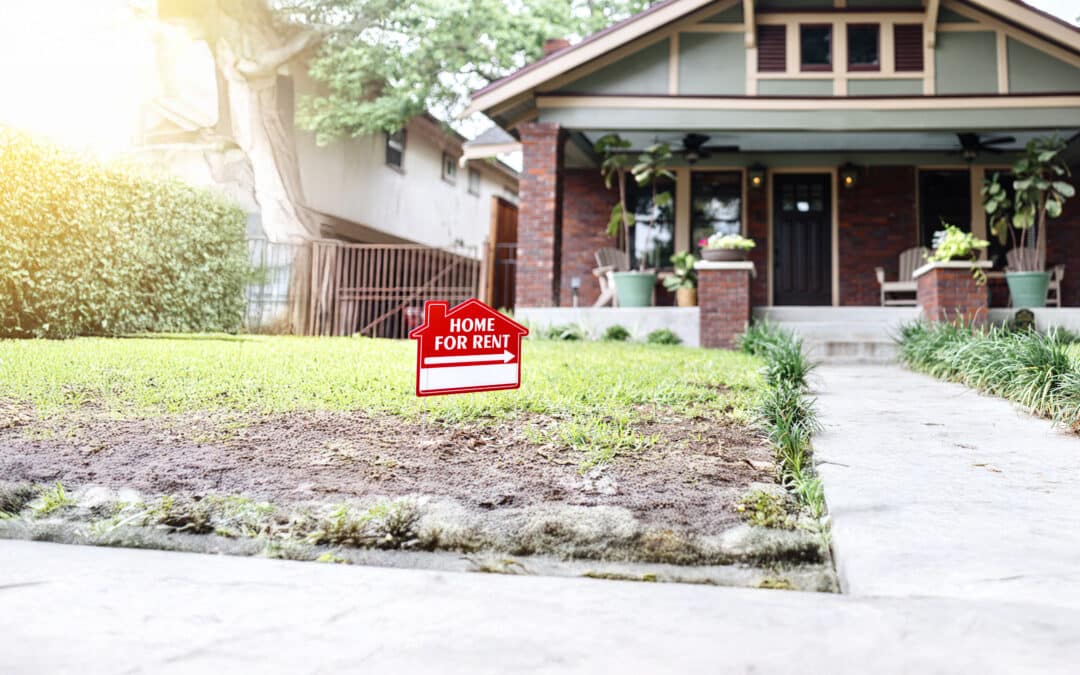As almost everything in existence, the single-most important factor for success in real estate investing is to realize that every investment is essentially part of a greater cycle. And that the handling of this cycle will undoubtedly orchestrate its performance and results. Maximizing the performance of your investment is paramount to success (profit), while having clear and predetermined designs for dealing with the circumstances that arise will aid in the efficiency of the investment’s life cycle.
According to Bankrate.com, one of the most common mistakes the average real estate investor commits is not putting enough time into planning the investment. Another common mistake is not utilizing a team of experienced professionals to help guide your success. Purchasing a home from a reliable property developer that has the ability to manage your investment with clearly defined guidelines and processes to cover all possible statuses of a home, is key to profitability and success.
The Rental Home Life Cycle
The lifecycle of a successful real estate investment involves many factors, beginning with the acquisition of a quality home, in a desirable location known to have a high rental demand. Locating investment homes in areas that are commonly advertised (for rent) to working class families allows for a higher probability that the property will not encounter vacancy issues.
Following location, renovating the home to a quality standard to ensure all safety requirements are met is also important. As you never want the possibility of a tenant injury to impact your profit margin, and more importantly, professional accountability.
Locating a qualified tenant using a variety of marketing strategies always works better than a single recruitment strategy, as your target audience may not always be reached through a single platform. Once a prospective tenant is found, your tenant screening approach should be diverse and detailed. Placing a tenant in a home that they cannot afford, or they may not take care of will prove costly for you (the investor) along with the tenant, who may become displaced due to eviction. With the right amount of research into the neighborhood, property, and tenant, a rental property can provide an effective and reliable monthly income.
Maximizing the Performance of Your Investment Property
The profitability of a rental home is based around certain criteria, mostly centered upon the tenant, whose monthly rental payment provides a major portion of your income. Having a desirable home for a quality tenant keeps the probability of vacancy low, and also protects the tangible, real life value of your investment.
A desirable location is coupled with an aesthetically appealing property to provide an inviting atmosphere for quality, working class tenants. While homes with markedly low initial investments may seem attractive, one must always bear in mind the sustainability of, and quality of tenants that a low-end home attracts.
While it is true that homes in certain neighborhoods boast returns of 20 percent and above, the risk that these high returns carry often will outweigh the profitability of said homes. Securing a rental property in a reliable, working class neighborhood, with a quality screened tenant offers a long-term, more secure investment.
How does the Cycle Turn?
While an ideal tenant will live in your property for an endless amount of years, that only happens in fantasy land. The last, and arguably most sensitive portion of the investment lifecycle involves the end of the tenant’s lease period, where the options are to either find a new tenant, or keep the same tenant. If you are dealing with a tenant with whom you’ve developed a good relationship with, offering incentives for them to stay in the house can save you a lot of trouble, and maybe even money.
Simple things like a television, or an economical furniture upgrade can cost you less than half a month’s rent, but will solidify your tenant-landlord relationship, and help future monthly rent collections become more secure.
Conversely, if your tenant decides to move out, it’s imperative that any necessary repairs/upgrades to the property are made, while the home is marketed for rent. Keeping the vacancy time of your rental property as low as possible, 60 days or less keeps the cycle going. Have a game plan for all options, and be ready to move diligently when the time comes. Once the lease is renewed, your investment cycle starts again, and around it goes!
























0 Comments